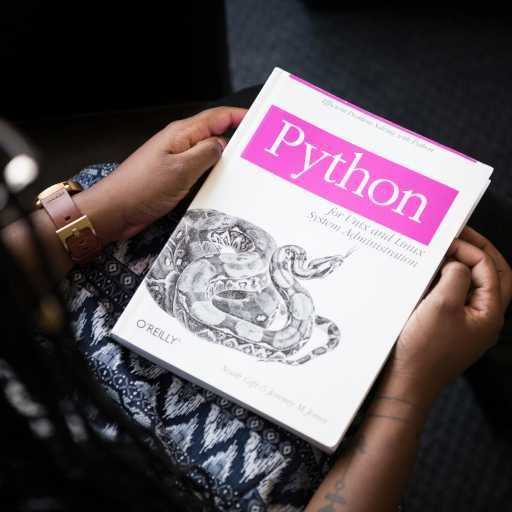概要
subprocess モジュールは、Python スクリプトの中からシステムコマンドを実行したり、その実行に関連する出力や結果を取得するための機能を提供します。このガイドでは、subprocess モジュールの使い方や具体的な例を紹介します。
サブプロセスの実行
Python でサブプロセスを実行するには、subprocess.run(args, *, **kwargs) 関数を使用します。この関数は、指定されたコマンドを実行し、その結果を取得します。
例:コマンドの実行
import subprocess
result = subprocess.run(['echo', 'Hello World!'], capture_output=True, text=True)
print(result.stdout)上記のコードは、システムコマンドとして echo を実行し、その出力を取得します。
戻り値について
subprocess.run() の戻り値は subprocess.CompletedProcess クラスのインスタンスです。このクラスは以下の属性を持っています。
| 属性 | 説明 |
|---|---|
| args | 実行したコマンドの引数のリスト |
| returncode | コマンドの終了ステータスコード(0 は成功、0 以外はエラー) |
| stdout | 標準出力の内容(capture_output=True または stdout=subprocess.PIPE の場合に利用可能) |
| stderr | 標準エラー出力の内容(capture_output=True または stderr=subprocess.PIPE の場合に利用可能) |
例えば、以下のコードで戻り値を確認できます。
result = subprocess.run(['echo', 'Hello World!'], capture_output=True, text=True)
print(f"Command: {result.args}")
print(f"Return code: {result.returncode}")
print(f"Output: {result.stdout}")run() 関数の詳細
subprocess.run(args, *, **kwargs) は、多様な引数を指定できます。下記に主な引数を説明します。
主な引数
| 引数 | 説明 |
|---|---|
| args | 実行するコマンドと引数のリスト |
| stdin | 標準入力を指定する |
| stdout | 標準出力を指定する |
| stderr | 標準エラー出力を指定する |
| capture_output | True の場合、標準出力・標準エラー出力をキャプチャする |
| shell | True の場合、シェルを経由してコマンドを実行する |
| cwd | 作業ディレクトリを指定する |
| timeout | 実行タイムアウトの秒数を指定する |
| check | True の場合、終了ステータスが 0 以外の時に例外を発生させる |
| text | True の場合、入出力を文字列として処理する |
| env | 環境変数を指定する |
実践例
capture_output
capture_output=True を指定することで、標準出力や標準エラー出力を簡単に取得できます。
result = subprocess.run(['echo', 'Hello World!'], capture_output=True, text=True)
print(result.stdout)check
check=True を指定すると、コマンドがエラー終了した場合に subprocess.CalledProcessError が発生します。
try:
subprocess.run(['cat', 'nonexistent_file.txt'], check=True)
except subprocess.CalledProcessError as e:
print(f"Error: {e}")timeout
timeout を設定することで、指定秒数以内に終了しないプロセスを停止できます。
try:
subprocess.run(['sleep', '10'], timeout=3)
except subprocess.TimeoutExpired:
print('The process timed out!')Popen クラスの利用
より高度な管理を行いたい場合、Popen クラスを使用します。Popen はサブプロセスを開始し、出力を利用して別のプロセスへ入力することも可能です。
例:パイプを使用した出力の実行
from subprocess import Popen, PIPE
cmd1 = ['echo', 'Hello World!']
cmd2 = ['tr', '[a-z]', '[A-Z]']
p1 = Popen(cmd1, stdout=PIPE)
p2 = Popen(cmd2, stdin=p1.stdout, stdout=PIPE)
stdout_data, stderr_data = p2.communicate()
print(stdout_data.decode())上記の例は、echo の出力を大文字変換するプロセスの入力として使用しています。
よくあるエラーと対処法
1. TimeoutExpired
タイムアウト例外が発生した場合、timeout を設定していることを確認してください。
try:
subprocess.run(['sleep', '10'], timeout=3)
except subprocess.TimeoutExpired as e:
print(f"Error: {e}")2. CalledProcessError
check=True を設定した場合、コマンドが失敗するとこの例外が発生します。
try:
subprocess.run(['non_existent_command'], check=True)
except subprocess.CalledProcessError as e:
print(f"Error: {e}")